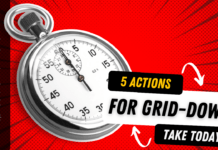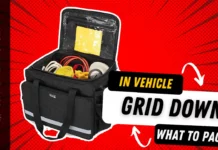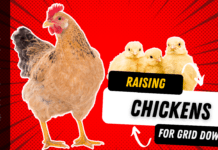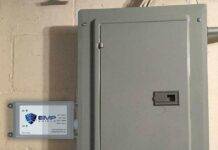What is a Power Grid? Everything You Need to Know
We have heard a lot of news lately about attacks on our power grid.
Have you ever wondered what a power grid is?
Put simply, a power grid is an interconnected network of electricity generators, transmission lines, and distribution lines that are used to deliver electric power to homes and businesses. It is a vital part of modern life, and is responsible for the delivery of reliable and affordable electricity throughout the world. In this blog post, we’ll take a closer look at what a power grid is, how it works, and why it’s so important. So if you’re wondering what a power grid is and how it impacts our lives, read on!
What is a power grid?
A power grid is an interconnected network of generators, transmission lines, and distribution lines that deliver electricity from the source to consumers. The power grid helps manage the production and delivery of electricity in a reliable and safe manner.
The term blackout refers to a loss of electricity in a particular area, which can be caused by an overloaded grid or a power outage. Blackouts can be planned, such as when utility companies are carrying out maintenance, or unplanned due to high energy demand or natural disasters.
During a blackout, there will be no electricity available in the affected area, meaning essential services such as heating, cooling, lighting and communication services will be disrupted. Power grids are designed to avoid blackouts, but due to increasing electricity demands, it’s becoming more difficult for utilities to maintain reliable service.
Power grids are essential components of modern life and provide a dependable source of electricity for consumers. By understanding how the power grid works and how to manage it effectively, we can ensure reliable and consistent electricity supply for everyone.
How does the power grid work?
Understanding how a power grid works is essential to understanding how electrical energy is distributed and used. A power grid, or electric grid, is a network of electricity transmission lines and associated equipment that transports and delivers electricity from suppliers to consumers. It is the backbone of our modern society, providing us with power for homes, businesses, and industry.
But how does the power grid actually work? To begin with, electricity is generated at large power plants. This electricity is then sent out into the grid where it is transported along high-voltage power lines. These power lines act like roads, connecting the power plant to distribution centers and substations. The electricity is then stepped down to lower voltage levels and sent out to individual customers.
The power grid is also responsible for balancing supply and demand. When there is too much electricity being produced, the grid will reduce demand by sending signals to customers to reduce their consumption. If demand is too high, the grid can signal to generate more power from the power plants.
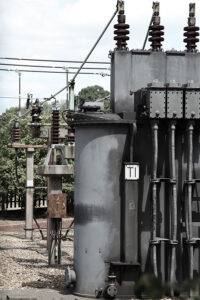 Unfortunately, if there is a breakdown in the system, it can cause a blackout, meaning a temporary loss of electricity. In extreme cases, a blackout can affect entire regions or countries. To minimize the chance of this happening, utilities invest heavily in equipment maintenance and testing.
Unfortunately, if there is a breakdown in the system, it can cause a blackout, meaning a temporary loss of electricity. In extreme cases, a blackout can affect entire regions or countries. To minimize the chance of this happening, utilities invest heavily in equipment maintenance and testing.
Understanding how the power grid works is essential to ensuring reliable and efficient electrical energy production and distribution. It’s important to know how this system functions so that we can maximize its efficiency and maintain reliable energy supply for all.
The benefits of a power grid
A power grid is a network of electricity suppliers and users that work together to provide reliable and efficient energy to homes and businesses. One of the major benefits of having a power grid is that it helps to ensure that there are no blackouts, meaning that people are not left without power due to a shortage.
The power grid also allows for easier access to electricity since the power company can distribute electricity to a large area and multiple consumers. This means that people living in remote areas, or those who cannot easily access electricity from other sources, can take advantage of the power grid and have access to reliable energy.
The power grid also helps to reduce energy waste by using centralized systems for electricity production. This allows for more efficient use of energy resources, helping to minimize energy costs for consumers. The power grid also allows for better management of energy resources, as different parts of the system can be monitored and adjusted in order to optimize energy use.
Finally, the power grid is an important factor in protecting against natural disasters such as storms or floods. By distributing electricity over a wide area, it becomes easier to restore power after a storm or other natural disaster has disrupted the supply. This can help minimize downtime, so people can get their power back faster after a disruption.
Overall, the power grid is an invaluable part of our energy infrastructure. It helps ensure reliable access to electricity, reduces energy waste, and even helps protect against natural disasters. All in all, it’s hard to argue with the benefits that come with having a strong power grid in place.
The disadvantages of a power grid
When it comes to power grids, one of the major drawbacks is the potential for blackouts. A blackout occurs when the electricity supply is suddenly cut off from a large region or area due to failure of a power grid. This can lead to disruption of power to many homes and businesses, and can even put lives in danger due to critical systems such as medical equipment being without power. It’s important for people to understand the risks associated with a power grid so they can take necessary precautions in the event of a blackout.
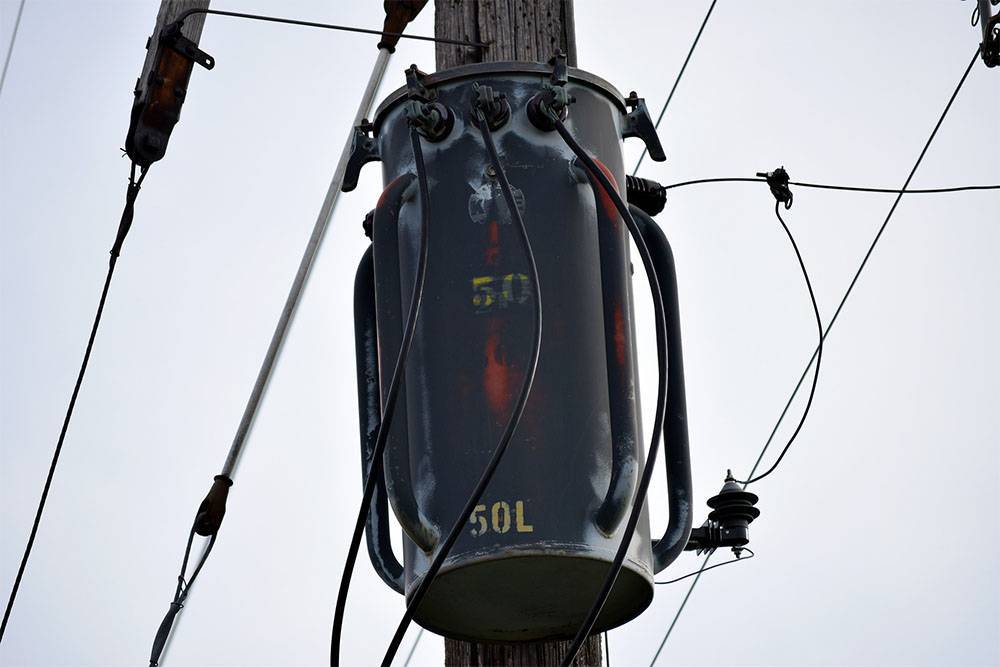
What is a Blackout (Blackout meaning) ?
A blackout, or blackout meaning, refers to the sudden, complete loss of electrical power in an area. It is caused by disruptions to the power grid, either from natural disasters or from human-caused events such as accidents or sabotage. Blackouts can affect millions of people and have a major impact on the economic, social and political stability of a region.
When a blackout occurs, the power grid has failed to provide the required electricity to its customers. This can be due to several factors, such as transmission lines being damaged, power plants going offline, or energy demand exceeding supply. As a result, all electrical power is suddenly cut off, leaving those affected without light, heat, air conditioning or other essential services.
Blackouts can have serious consequences, as they often lead to loss of food, fuel and communication services. They can also result in increased safety risks due to lack of lighting and electronics, as well as financial losses due to lost productivity. Therefore, governments and utilities around the world are investing in reliable power grids to help reduce the risk of blackouts.
In addition to investing in reliable power grids, governments and utilities are also taking steps to improve emergency preparedness. This includes creating plans for dealing with blackouts before they occur, as well as implementing measures to restore power quickly after a blackout occurs.
By understanding what a blackout is and how it can affect people, we can be better prepared for any future blackouts that may occur.
Download “Be Prepared for A Power Outage” from ready.gov
How can you make sure your home is prepared for a power outage?
When the power goes out, it can be a scary and disorienting experience. No matter if it’s due to a natural disaster, an equipment failure, or a blackout, a power outage can cause chaos in your home. To ensure that your home is prepared for a power outage, it’s important to plan ahead and have certain emergency supplies on hand. Here are some tips for making sure your home is prepared:
- Have flashlights and extra batteries. When the lights go out, you’ll need to be able to see. Make sure to have plenty of flashlights and extra batteries to use when you need them.
- Stock up on non-perishable food items. If the power outage lasts for more than a few hours, you will need to have non-perishable food items like canned goods and shelf-stable snacks on hand.
- Have an emergency kit prepared. In case of a blackout, you should have an emergency kit with a first aid kit, water, a battery-powered radio, and other essentials.
- Invest in a generator or solar power system. If you live in an area where power outages occur frequently, you may want to invest in a generator or solar power system to keep your home running during an outage.
By following these tips, you can make sure that your home is prepared for any unexpected power outages. Be sure to stay safe and stay informed during a blackout by listening to local news reports and following safety protocols.





